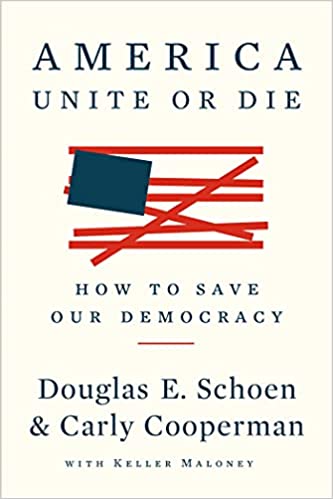While leaders from both parties will debate the necessary reforms, both sides must agree that one program in particular that has exceeded expectations in delivering healthy outcomes and tremendous cost savings—Medicare Part D.
Since Medicare Part D’s creation nearly 15 years ago, this program has proven to be the greatest instance of a successful bipartisan effort to enact essential, common-sense reform that many Americans, no matter their party affiliation, have benefited from.
Since taking effect, Medicare Part D has succeeded in providing beneficiaries with affordable prescription drug coverage at a discounted rate. In 2017 alone, this initiative financially assisted over 42 million seniors and disabled enrollees.
WASHINGTON, DC – JANUARY 16: President Donald Trump greets Seema Verma, Administrator of the Centers for Medicare and Medicaid Services, and Counselor to the President Kellyanne Conway before speaking at the Conversations with the Women of America event in the Eisenhower Executive Office Building on the White House complex in Washington, DC on Tuesday, Jan. 16, 2018. (Photo by Jabin Botsford/The Washington Post via Getty Images)
Part D has proven successful in part because it allows recipients to select plans from a variety of health care providers. This encourages competition among private health care plans to reduce prices by negotiating with pharmaceutical companies for the largest discounts and rebates—as much as 30 to 70 percent of branded products.
Moreover, because price concessions are increasing twice as quickly as total drug costs, the chronically ill Medicare patients with higher drug costs end up footing the bill for healthy enrollees.
Instead of directly appropriating the negotiated price concessions to recipients, plan sponsors generally apply the funds to lowering premiums for all beneficiaries and reducing their own costs. They do this by reporting these concessions as direct and indirect remuneration (DIR) at the end of the year, which lowers both plan liability and premiums.
” webReader=”46″>
As we approach the 2018 midterm elections, health care will surely be one of the most important, discussed issues during the campaign cycle.
While leaders from both parties will debate the necessary reforms, both sides must agree that one program in particular that has exceeded expectations in delivering healthy outcomes and tremendous cost savings—Medicare Part D.
Since Medicare Part D’s creation nearly 15 years ago, this program has proven to be the greatest instance of a successful bipartisan effort to enact essential, common-sense reform that many Americans, no matter their party affiliation, have benefited from.
Since taking effect, Medicare Part D has succeeded in providing beneficiaries with affordable prescription drug coverage at a discounted rate. In 2017 alone, this initiative financially assisted over 42 million seniors and disabled enrollees.
WASHINGTON, DC – JANUARY 16: President Donald Trump greets Seema Verma, Administrator of the Centers for Medicare and Medicaid Services, and Counselor to the President Kellyanne Conway before speaking at the Conversations with the Women of America event in the Eisenhower Executive Office Building on the White House complex in Washington, DC on Tuesday, Jan. 16, 2018. (Photo by Jabin Botsford/The Washington Post via Getty Images)
Part D has proven successful in part because it allows recipients to select plans from a variety of health care providers. This encourages competition among private health care plans to reduce prices by negotiating with pharmaceutical companies for the largest discounts and rebates—as much as 30 to 70 percent of branded products.
Moreover, because price concessions are increasing twice as quickly as total drug costs, the chronically ill Medicare patients with higher drug costs end up footing the bill for healthy enrollees.
Instead of directly appropriating the negotiated price concessions to recipients, plan sponsors generally apply the funds to lowering premiums for all beneficiaries and reducing their own costs. They do this by reporting these concessions as direct and indirect remuneration (DIR) at the end of the year, which lowers both plan liability and premiums.

